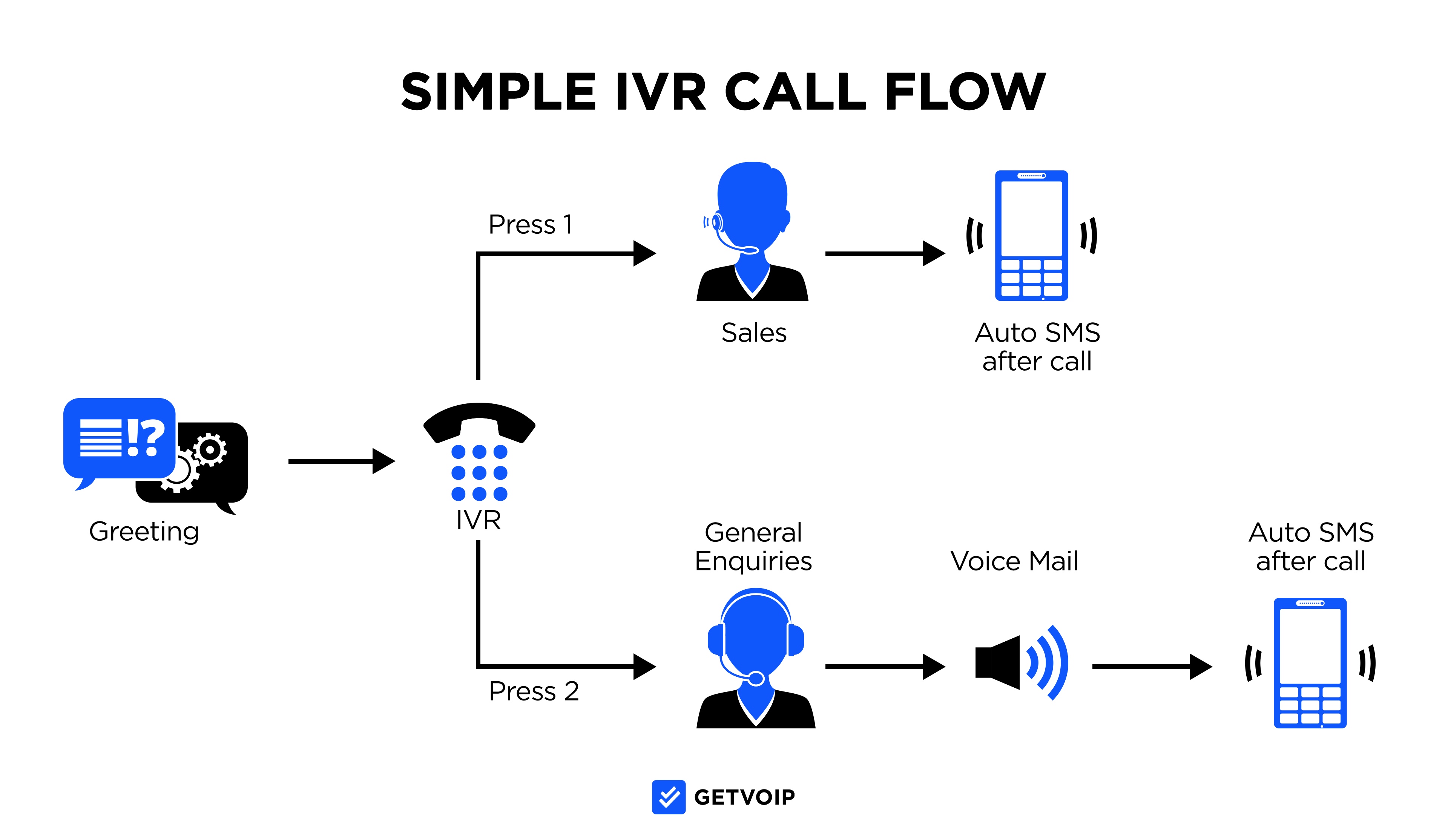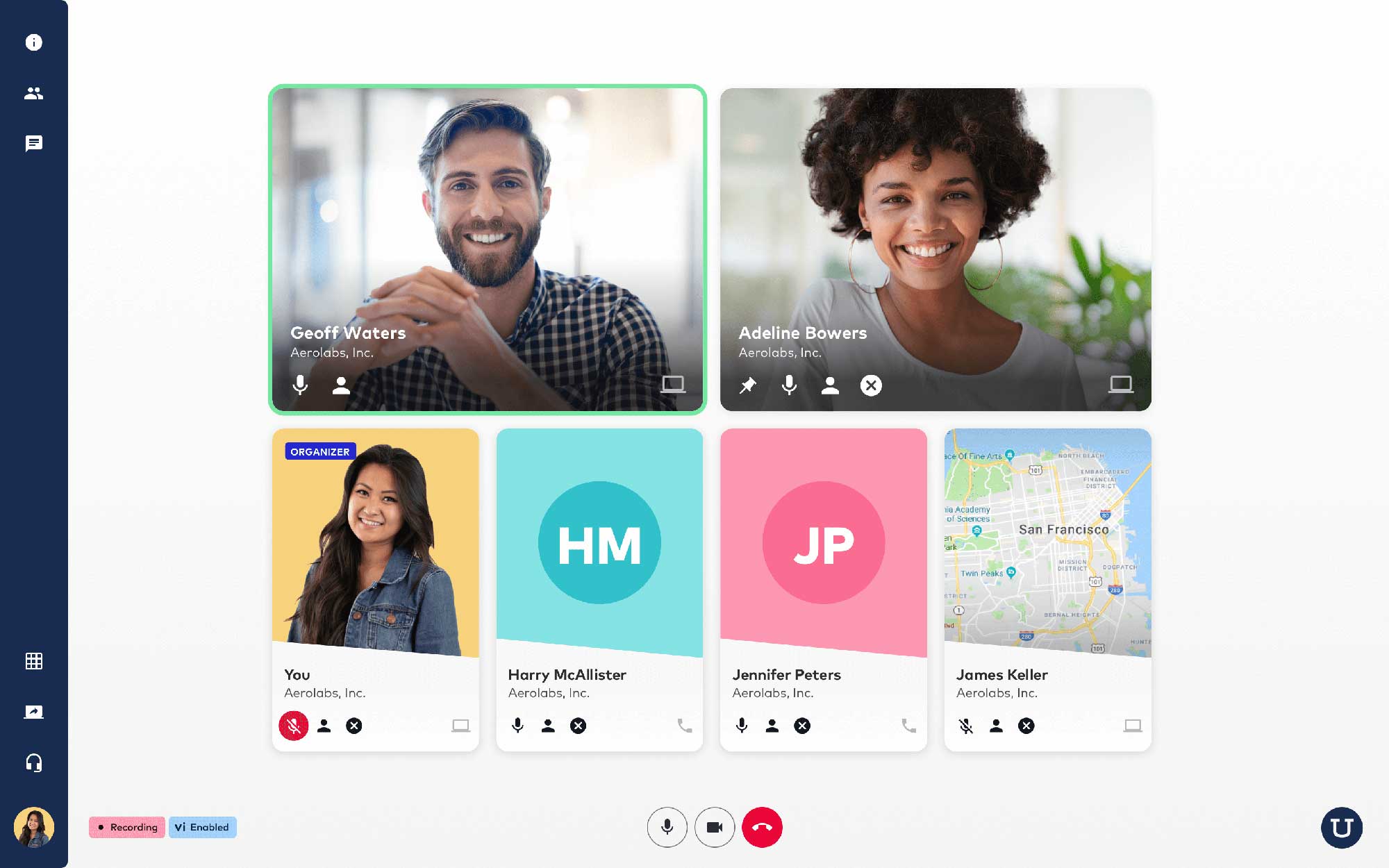Effective business communication is certainly essential for increased sales and profits–but it’s about much more than building customer relationships alone.
Business communication encompasses conversations between agents and clients, chats among team members, the exchange of ideas between management and C-level executives, and feedback between supervisors and employees.
Proper business communication skills lead to more creative solutions to common workplace problems, an influx of novel ideas from promising team members, increased employee and customer loyalty, and a more successful company overall.
At the same time, poor communication causes customer and employee frustration, increased employee turnover rates, and lost business.
While everyone has different communication skills, there are many ways to increase the free flow and ease of both internal and external business communication.
Here’s how to make it happen in your in-person, digital, or blended workplace.
What is Business Communication?
Business communication is any exchange of information that occurs internally (between coworkers, management, supervisors, etc.) and externally (between employees and clients, contractors, other businesses, etc.) These conversations can take place on any communication channel, in person or online, and inside or outside of the physical office space.
There are several types of business communication, and the ever-increasing number of available channels has made communication in the workspace more complex than ever.
Today, popular communication channels include video chat, business text messaging, website chat powered by artificial intelligence, VoIP voice calling, social media, instant team chat messaging….the list goes on–and often, customers and coworkers use multiple channels simultaneously.
To simplify and streamline business communication in its many forms, UCaaS providers now offer several technical communication tools on one seamless platform.
Types of Business Communication
There are four main types of business communication: upward, downward, lateral and external.
Upward Communication
Upward communication is a type of internal business communication where a company employee reaches out to a higher-up to exchange information, solicit feedback, share ideas, or communicate with their superior in any other way.
Some examples of upward communication include:
- A sales rep asking their supervisor a question
- A manager seeking approval from a CEO
- A call center agent sending a report to their superior
Upward communication usually occurs within a department, but can be interdepartmental in some circumstances.
It is through upward communication that supervisors learn about issues before they become larger problems. Upward communication also helps employees avoid mistakes when they ask clarifying questions. Encouraging upward communication builds trust and confidence amongst workers, and contributes to the health of the business overall.
Downward Communication
Downward communication is a form of employee communication that takes place when an upper-level employee communicates with someone who is under their authority, or otherwise below them in the company hierarchy.
Some examples of downward communication are:
- A supervisor sending an assignment to an agent
- A CEO calling a video meeting with their team leaders
- A manager messaging a worker to ask for a project status update
- An entry level sales rep reaching out the head of sales regarding company expenses
Downward communication is essential to avoiding confusion between employees, and helps make management’s expectations of employees clear. A sufficient amount of downward communication ensures all team members have a thorough understanding of company and team goals–and how best to achieve them.
Lateral Communication
Lateral communication is a verbal or non-verbal exchange of information that occurs between co-workers who are at the same or on similar levels within the corporate hierarchy.
Lateral communication can occur within a department or across departments, and is often collaborative in nature.
Examples of lateral communication include:
- Brainstorming sessions between colleagues
- One employee asking for help from another
- A Department heads meeting
Lateral communication builds trust amongst employees, allowing them to compensate for each other's blind spots and weaknesses. It also highlights the different strengths and skillsets of each employee, encourages teamwork, and boosts creativity and problem-solving.
External Communication
External business communication is the exchange of information between employees and persons outside of the organization such as clients, potential customers, partners, or contractors.
External communication is generally what most people think of when they hear the term “business communication”.
Some examples of external communication are:
- A sales rep answering a consumer’s question on live chat
- An email marketing blast sent to current or former customers
- A back-and-forth messaging exchange between a manager and a freelancer
- Communication with business suppliers over the phone
External communication is vital for business growth and sustainability. Good external communication builds engagement, trust and, most importantly, loyalty amongst the company’s customer base and outside partners.
Key Business Communication Channels
Until recent years, voice and in-person were the only forms of business communication needed.
Now, modern consumers have come to enjoy–and expect–a variety of communication modes from the brands they do business with. Different methods of communication, also known as channels, are numerous and growing.
Below is a breakdown of the most common channels of communication:
Voice
Telephone communication is still an important channel for many consumers in spite of the growing options.
With the many VoIP features available, businesses can create more personalized options for phone calls than ever before.
Multi-level auto attendants and IVR menus help callers reach the right agent, while reporting and analytics help companies identify pain points and improve strategy. Automatic dialers can save time for outbound calling campaigns.

Any successful marketing strategy should include email communication. Email is a form of business writing that is delivered directly to interested consumers’ inboxes. In contrast to social media, emails are not reliant on constantly changing algorithms and content has a much better chance of getting to the consumer.
Given that many customers prefer to communicate in writing instead of via voice, email communication is a vital part of customer service strategy. Emails also create a “paper trail” of all types of business communications, offering excellent liability protection.
Text
Texting is another form of communication that’s useful in both marketing and customer service.
As far as text based marketing campaigns, there is no faster way to deliver coupon codes and sales announcements. Text messages are checked far more frequently than email, with one study concluding that over 50% of consumers check and read their text messages 11 times per day or more. Text is also a great format to send confirmation codes, multi-media messages, and customer service ticket confirmations.
Social Media
Social media marketing is one of the newer forms of business communication but it is quickly becoming an essential part of any omnichannel strategy. Social media is a great tool for engaging with both current and potential customers. Asking questions and sharing content is a great way to engage and garner new interest. Responding to questions and complaints increases trust and interest amongst the over 4 billion active social media users worldwide. Social media monitoring tools such as Hubspot and Zoho send notifications whenever a company is mentioned on social media. This is a huge benefit for serving customers that prefer social media to more traditional communication.
Live Chat
Live chat is a written communication tool that allows company website visitors to text with a brand representative in real-time. Live chat is a tool for customer service and it is growing in popularity. According to a study, 41% of customers prefer to use live chat over voice or email for customer support.
Video Conferencing
Video conferencing has been steadily increasing in popularity, with usage exploding during the Covid pandemic. With advancements in technology, security, and artificial intelligence, video conferencing serves multiple purposes and solves many communication problems.

Video conferencing can be used for both internal and external communication, and is a great resource for keeping remote and hybrid workers connected and informed. Video calls enable face-to-face, real-time communication to team members and clients across the globe. With the ability to see nonverbal communication such as facial expressions and body language, video meetings go beyond text-based chat and email.
Features such as whiteboarding and breakout rooms are great for brainstorming sessions. Tools like video recording and transcription make video conferencing an ideal solution for interviewing candidates and even onboarding. Emoji reactions, commenting, and user tagging features make video meetings engaging and collaborative for team members.
Why is Business Communication Important?
Business communication is affects nearly every aspect of a business. Below are some of the main benefits to good business communication strategy.
Improves Customer and Employee Engagement
There are many ways to improve engagement amongst customers and employees, but all of them start with business communication. Adding communication channels like live chat and social media increases customer engagement, while advanced features like call monitoring tools, in-meeting polls, call routing, and automated customer self-service upgrade traditional communication methods.
Video calling tools like Zoom and RingCentral, alongside team chat solutions like Slack, encourage team collaboration, boost employee engagement, and keep productivity levels high. Increased employee engagement also means higher levels of job satisfaction, which translates to a better quality of work overall.
Increased customer engagement, which social media makes easier than ever, builds consumer trust and loyalty, and improves the customer experience as a whole.
Overall, increasing engagement has a big impact on a company’s bottom line.
Streamlines Information and Eliminates Silos
Communication silos occur when one group of people within a company (such as a department) only talk amongst themselves, ignoring or not even knowing about ideas and communication from other team members or departments.
When employees and departments don’t share information, communication breakdowns occur.
Communication silos cause information bottlenecks, reduce creativity and problem solving, and, most importantly, cause people within the company to lose sight of long term goals and values. Without having all the information, decision-making becomes more difficult and more errors are made.
Any business communication strategy should work towards eliminating silos, democratizing information, and encouraging teamwork by opening up the lines of communication organization-wide. This can be done through programs such as inter-departmental mentorships or with the use of collaboration software. For example, Basecamp’s collaborative documents feature lets multiple team members simultaneously edit the same file, while Five9’s customer engagement platform provides detailed contact history across channels. Cross-departmental video meetings also help eliminate silos and bottlenecks.
Helps Remote Workers Stay Connected
Remote teams lower operating costs and create happier, more productive employees. Today, many organizations have transitioned to remote or hybrid offices. However, there are unique professional communication challenges with remote teams.
Remote workers aren’t able to physically visit the office of a colleague, drop into their superior’s office for a quick check-in, or coach trainees in-person.
Thankfully, there are a plethora of tools to keep employees in constant contact no matter where they are on the globe.
Video conferencing platforms such as Zoom enable remote workers to check in face-to-face. Some video conferencing providers also offer persistent meetings (for example, Slack Huddles) where employees can jump in at any time and see who is available–much like in a physical office setting.
Alternatively, online whiteboards enable employees to brainstorm and collaborate in real-time with productivity tools such as templates, tasks and flow charts. Work management platforms such as monday.com or Asana also keep remote and hybrid workers on the same page.
Increases Employee Satisfaction
Business communication tools are not only helpful for keeping employees engaged. They also reduce tedious, repetitive work and keep company goals and values top of mind to instill a sense of purpose in teams.
Both of these things lead to greater productivity and higher employee satisfaction levels–which translates to higher employee retention rates.
Workflow automations, offered by project management providers like ClickUp, enable team members to automate repetitive communication such as recurring email reminders or scheduling meetings. Contact center automations like AI-powered IVR, chatbots and agent guidance, along with automated dialers, ensure that agents aren’t wasting time dialing numbers, routing calls, or answering the same question over and over. This gives reps more time to do what they’re good at–and what they love.
Increases Customer Loyalty and Satisfaction
It isn’t difficult to see the correlation between good communication and customer satisfaction.
No one wants to waste time sitting on-hold or, worse, have their questions and issues ignored. Customer service has always been essential for business success, but it’s more important now than ever before.
Many CCaaS platforms enable companies to open up additional channels of communication to include ext, webchat, and social media messaging. Automated, omnichannel syncing in real time prevents customers from having to repeat themselves–and ensure that all agents can help each other manage customer interactions. Other tools such as virtual assistants, IVR and reporting and analytics, help companies to reduce hold times and offer faster resolutions.
Improves Company Culture
Company culture is, in a broad sense, the way things get done in the workplace. This includes everything from formal meetings, to partner relationships, to office celebrations and retreats.
Improving company culture has a big impact on employee engagement, customer satisfaction and ultimately, the bottom line. 75% of US customers have said they are concerned about the environmental impact of products they buy. Sustainability (or the lack thereof) if part of company culture. Modern consumers are also concerned about diversity, equity, and social issues–and these concerns often impact which organizations they choose to do business with.
With collaboration software tools such as team chat, video conferencing, and whiteboarding, co-workers can help each other solve problems, come up with creative solutions, and find more efficient ways of doing things. Opening up the lines of upward and downward communication ensures that employees feel comfortable bringing their concerns and suggestions to upper levels of management. Finally, team communication and collaboration software allows companies to hire employees from anywhere in the world, infusing a variety of cultures and viewpoints into their organization.
Setting Up Your Business Communication Strategy
Coming up with a business communication process starts with identifying what problems you wish to solve and what goals you hope to achieve.
If you have a small business and are simply looking for a business phone solution with standard features such as voicemail and on-hold music, you might consider VoIP providers like Nextiva and Grasshopper.
If you are looking to improve team collaboration, you could consider video conferencing platforms like RingCentral or GoToMeeting. If you need employee productivity tools like task management, work management platforms such as Asana and Trello offer many options. If you need a better way to collaborate on projects with third-party contractors or clients, Basecamp’s platform allows for unlimited guest usage.
If you need to streamline communication with customers, offer more communication channels and have a large business or call center, a full service CCaaS platform such as Five9 or Genesys is the way to go.



